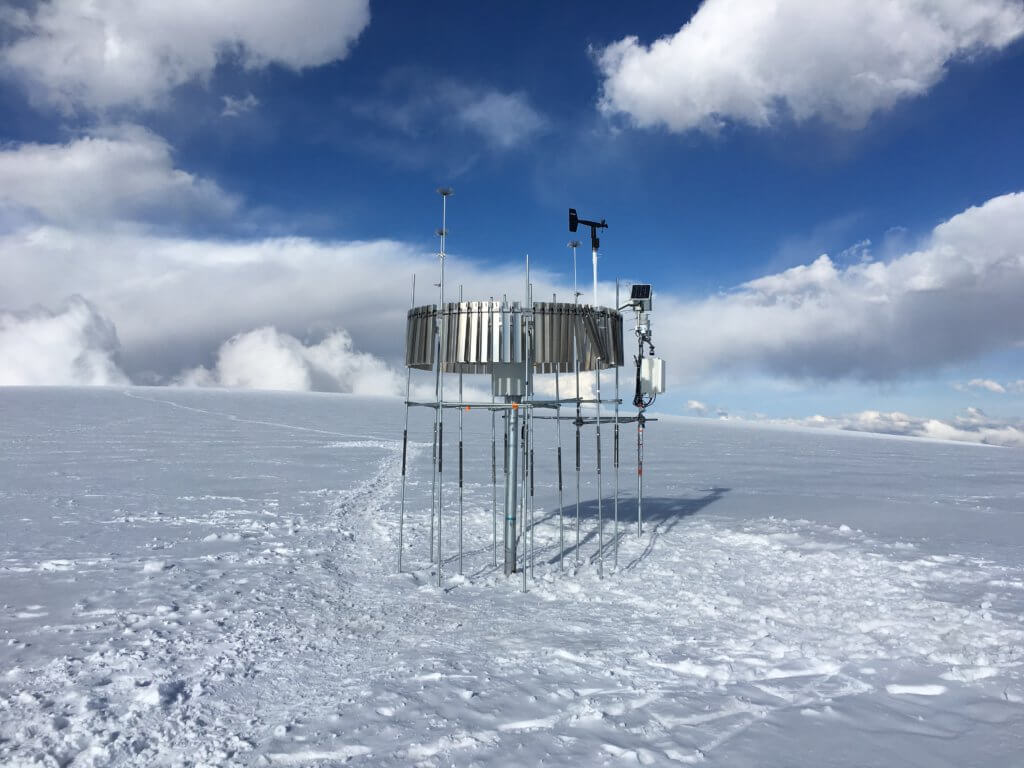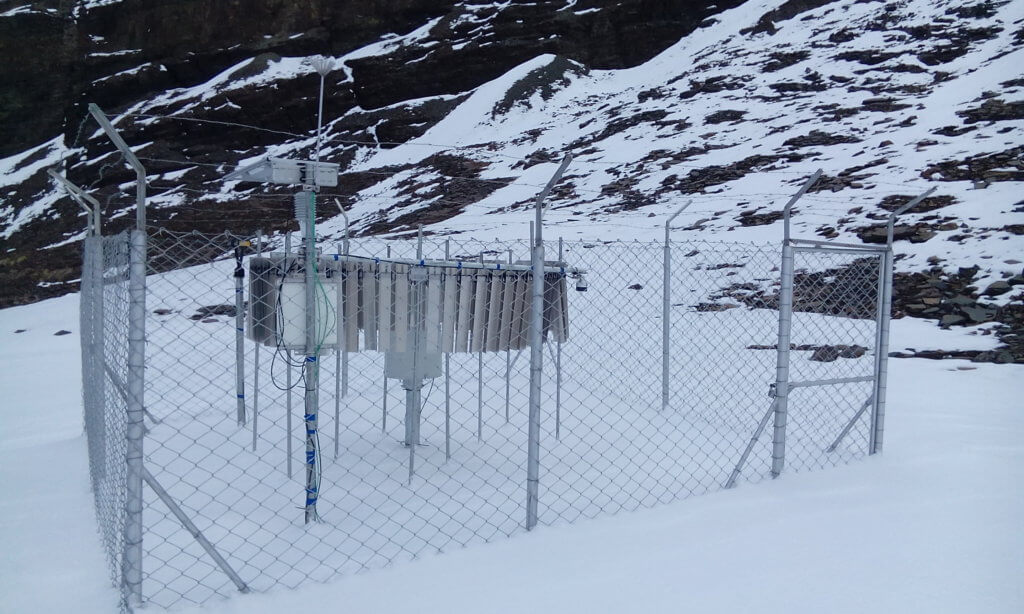
Some of the most impressive qualities which set lead batteries apart from other technologies is their versatility and ability to withstand harsh conditions to provide reliable power. Many of us are familiar with energy storage systems using lead batteries as backup for data centres and hospitals, or in use in systems supporting electricity grids and microgrids supplying electricity.
But have you heard about their use in powering meteorological stations in some of the highest-altitude locations on Earth? From Mount Everest to glacial ice caps in South America, lead batteries are providing vital power for scientific equipment to gain insight into global weather patterns.

A recent article called “The Expedition to Heaven on Earth” in Discover Magazine featured Dr Baker Perry, a Professor of Geography at Appalachian State University, about his work travelling to the world’s highest locations to install meteorology stations and study weather and climate at extreme high altitudes. At an astonishing 8,430m (27,657ft) above sea level, a station installed on The Balcony on Everest’s South Summit has had a lead battery installation since May 2019.
These insights are key for understanding glaciers and climate, two areas of significant importance on the global stage as climate change continues to dominate agendas of governments and societies across the world. From measuring solar radiation, precipitation and wind speed, to larger-scale patterns such as the subtropical jet-stream, these measurements are fundamental to understanding how the Earth is changing.

Totally disconnected from the grid, the meteorological stations generate power through a system combining solar panels and lead batteries, a hardy technology that is reliable, robust and cost-effective for such expeditions. As a low-maintenance technology, lead batteries are offering a sustainable solution to ensure the stations function throughout periods with no human presence.
For more details on some of the world’s highest off-grid mereological stations being powered by lead battery technology, see below:
Quelccaya Icecap (5,650 m asl), Peru
12V 24 Ahr Lead Battery
Installed in October 2014, replaced in July 2015 due to station and solar panels being buried by snow
Nevado Chacaltaya (5,160 m asl), Bolivia
12V 12 Ahr Lead Battery
Installed October 2014
Laguna Sibinacocha (4,895 m asl), Peru
12 V 12 Ahr Lead Battery
Installed July 2017
Phortse (3,810 m asl), Nepal
12V 24 Ahr Lead Battery
Installed April 2019
Everest Base Camp (5,315 m asl), Nepal
12V 24 Ahr Lead Battery
Installed May 2019
Everest Camp II (6,464 m asl), Nepal
12V 24 Ahr Lead Battery
Installed May 2019
Everest South Col (7,945 m asl), Nepal
12V 24 Ahr Lead Battery
Installed May 2019
Everest Balcony (8,430 m asl), Nepal
12V 24 Ahr Lead Battery
Installed May 2019